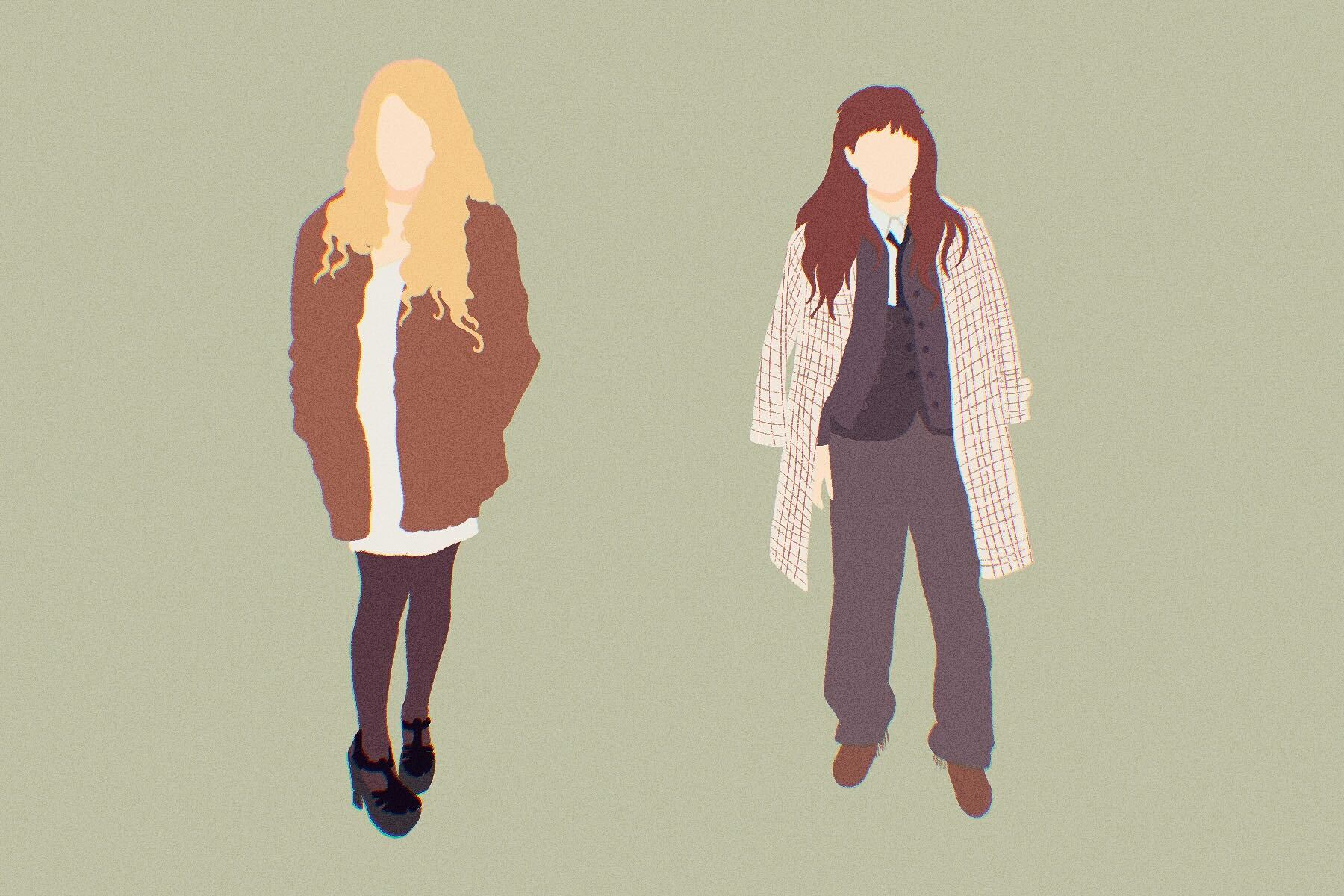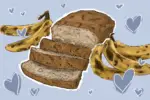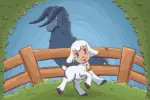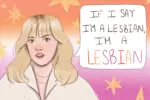The indie sleaze aesthetic originally emerged around 2008 and remained in style roughly until 2012. In the years between, it drew heavily from the 2000s party scene and blossomed on websites such as Tumblr and MySpace. Today, the style is making a comeback, circulating around TikTok and Instagram. Considering its current momentum, indie sleaze may very well be the next big thing in fashion.
So, what is indie sleaze? Overall, the trend can be understood as a combination of a variety of more niche sub-cultures, such as twee, scene, electro-pop and hipster. According to Vogue, it “is a messy amalgam of ’90s grunge and ’80s opulence, topped off with an almost pretentious take on retro style.” Visualize smudgy black mascara, ripped tights, American Apparel skirts and side-swept bangs. The epitome of chic was to look like a bit of a mess, like a party girl fresh off a bender that was documented in the iconic, provocative flash photography that defined the time.
Still, despite some undeniable nostalgia, those who lived through this era don’t look back at every part of the aesthetic with longing. Most look back on the man buns, mustaches and skinny jeans and shudder. However, indie sleaze extends beyond this. For a revival of this look, think more along the lines of the recent resurgence of maximalism and eclectic styles, with an emphasis on unique, personal touches. In fact, the more that this era is examined, the more parallels can be drawn between then and the current trends that are on the rise.
Trend forecaster Mandy Lee recently made a video in which she described the “obscene amount of evidence” that indie sleaze is on the rise. In the video, which now boasts over a million views, she cites the resurgence of flashy, in-the-moment photography, the popularity of music mashups and a renewed interest in now-vintage technology such as wired headphones as evidence for her claim.
And she may be onto something. Instagram page @indiesleaze now boasts over 98,300 followers. Furthermore, Alison Davis wrote in the New Yorker about her premonitions of a looming “vibe shift,” commenting that “the new vibe shift could be the return of early-aughts indie sleaze.”
Music also played a heavy role in the aesthetic, with names such as the Yeah Yeah Yeahs, M.I.A., Bloc Party and Paramore dominating playlists. Spotify recently released a new “Indie Sleaze” playlist with the era’s most prolific artists. We also see many of the iconic sounds of the time reflected in today’s top hits, with Olivia Rodrigo and other pop artists playing with the edgy, punk sounds of that era. Moreover, clubbing and house music are also on the rise. Olivia V., who runs the @indiesleaze Instagram account, spoke about the revival of many of these genres: “I had a hunch that there would be renewed interest in bloghouse and electroclash and new rave due to where we’re at in music trends,” she told Thrillist. “It’s an aesthetic that hasn’t really been revisited yet or neatly defined, which made it all the more interesting for me to explore.”
The recycling of trends is nothing new. The so-called “20-year rule” has been used to describe the rhythms of fashion, as styles evolve from being outdated and oversaturated to trendy, usually over the span of two decades, enough time for everything to feel fresh and new all over again. Y2K fashion is the latest example of this trend recycling. The styles of the early 2000s dot-com boom have been back in business for some time now, with velour tracksuits, colorful sunglasses, chunky sneakers, pleated skirts, baguette bags and all the fun of the past millennium.
This revival falls in line with the 20-year rule almost to a tee; however, fashion cycles aren’t what they used to be. Because of social media, fashion trends have turned over faster than ever before. Creators can now collaborate and build off each other, allowing new trends to emerge quickly and reach a vast audience in a short period of time. However, because social media has become so saturated with the “next big thing,” trends rise and implode very quickly, sometimes after only a few short weeks, shattering this idea of the “20-year rule.” Essentially, considering this new, fast-paced fashion cycle, we are long overdue for such a “vibe shift.”
One also must consider the origins of indie sleaze itself. Often thought of as the response to the economic hardships of the 2008 financial crisis, the grungy, devil-may-care aesthetic of indie sleaze was, in a sense, a counterculture aimed at the recession itself. Without such a focus on designer brands and expensive pieces, the style is more about an eclectic hodgepodge of layers, accessories and makeup that would pull a look together. It was a style that allowed for the broke 20-somethings of the time to explore their individual aesthetics without breaking the bank.
These conditions mirror today’s, especially considering the impending recession. Additionally, the glamorized, party-girl aesthetic feels particularly enticing to those who spent the past two years under COVID-19 restrictions. Therefore, think of this resurgence as a direct rebellion against the expensive, time-consuming “clean girl aesthetic.” Olivia V. reflects how this style is more affordable and accessible, allowing for greater creative freedom and individuality. “I could look good and not spend all that much, either thrifting or just putting something simple together, but making it edgier with jewelry or smudged eyeliner, or hair. You could have recession roots! It was allowed, and breaking the rules of fashion was encouraged, in a sense. A lot of people did have their income hit through the pandemic, and it might be a time when people embrace a cheaper way to accessorize and put things together.”
So, how can you begin testing the waters of indie sleaze? Don’t worry, you don’t have to go full-blown side bangs and skinny jeans. Instead, reimagine similar silhouettes and accessories of the aesthetic with a modern take. Think loafers, which have already experienced a resurgence, paired with slimmer, but perhaps not jeggings-level, pants. On top, try a cardigan but with an edgier twist, perhaps a bold pattern or interesting textile. For make-up, use a heavier hand on the mascara, and don’t worry about making your eyeliner perfect. With indie sleaze, the beauty is in the imperfections.

















